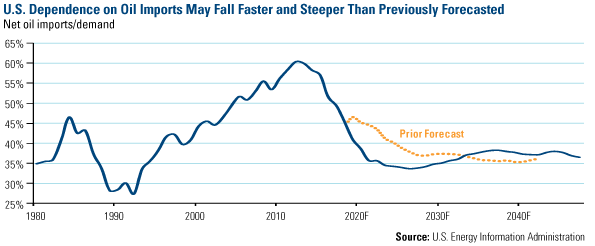Energy and Natural Resources Market Radar (December 10, 2012)

- Copper consumption in China may climb 4.8 percent to 7.68 mn metric tons this year, compared with a 7.8 percent growth last year, Beijing Antaike Information Development said at the Mines and Money conference in London. China’s copper demand will be 8.1 mn tons in 2013 and 8.53 mn tons in 2014. Demand will exceed local output by 2 mn tons next year, with the gap narrowing to 1.93 mn in 2014. Copper stockpiles in bonded warehouses are at about 650,000 tons, Antaike said.
- Nucor hiked sheet-steel prices by $20 per ton; at a 3 percent increase. This follows two earlier price increases in the fourth quarter totaling $90 per short ton, which have pushed hot rolled coil from $580 per ton to $640 per ton.
- Bloomberg news reported that hedge funds increased bullish bets on commodities by the most since August as evidence that China is accelerating outweighed concern that U.S. lawmakers have yet to resolve an impasse over automatic spending cuts and tax rises. Speculators and money manager increased net-long positions across 18 U.S. futures and options by 9.8 percent to 929,588 contracts in the week ended November 27, the biggest gain since August 21, U.S. Commodity Futures Trading Commission data show.
- Rates to ship iron ore dropped the most this week since August, as demand declines on a seasonal slowdown in Chinese industrial output. Capesize freight earnings fell 7.4 percent to $12,827, the lowest since October 15. That’s the biggest decline since August 15, and it led the Baltic Dry Index, a broader gauge of commodity shipping costs, down 3.1 percent to 990 points, the bourse’s figures showed today.
- U.S. total oil and natural gas rig count was down 11 rigs this week to 1,800. The oil rig count decreased by four rigs to 1,382, while the gas rig count was down seven rigs to 417.
- Reuters wrote this week that China’s crude oil imports from Saudi Arabia will probably increase by about 11 percent in 2013 as refiners increase output in anticipation of an economy recovery and an increase in fuel demand.
- U.S. oil production is likely to increase to 7.5 million barrels a day in the year 2019 due to rising output from onshore shale formations, the Energy Department said.
- Companies are expected to shell out $28 billion to develop Texas’ Eagle Ford Shale in 2013, a pattern expected to continue in the next few years, energy analyst group Wood Mackenzie said this week in a new report. The play, whose biggest players are named as American explorers EOG Resources, ConocoPhillips and Australian miner BHP Billiton, is continuing to “exceed expectations” the firm said in a report. “In terms of overall investment, from 2012 through 2015, Wood Mackenzie expects capital expenditure in the Eagle Ford to surpass the projected capex of the entire Kashagan project in Kazakhstan, the world’s most expensive standalone energy project,” Callan McMahon, Upstream Research Analyst for Wood Mackenzie, said in a statement. The latest figures indicate the Kashagan project will cost $116 billion, WoodMac said. Since early 2011, liquids production in the play has grown from about 100,000 barrels per day to 700,000 bpd. Average third quarter 2012 production was over 1 million barrels of oil equivalent per day, including natural gas, WoodMac said.
- In related news, a study commissioned by the U.S. Energy Information Administration examining the economic impact of liquid natural gas (LNG) exports from the U.S. concluded that net economic benefits would result from all levels of LNG exports considered, with increases in resource income and net transfers outweighing reductions in capital and wage income. This represents a major hurdle cleared for LNG exports from the U.S., although the debate will likely continue in the public sphere. The Department of Energy will begin to act on export applications after a 75-day comment period.
- China may rely on imports for more than 35 percent of its natural gas supplies by 2015, up from 15 percent in 2010, according to estimates by the National Energy Administration from the nation’s five-year plan.
- The Energy Security Leadership Council said in a report earlier this week that “No matter how much oil is produced domestically, the U.S. economy is vulnerable to the risk of global price shocks caused by unrest or production cuts in the Middle East…We caution that the situation has not fundamentally changed, and that it would be dangerous to allow a false sense of security to result in complacency and inaction.”












